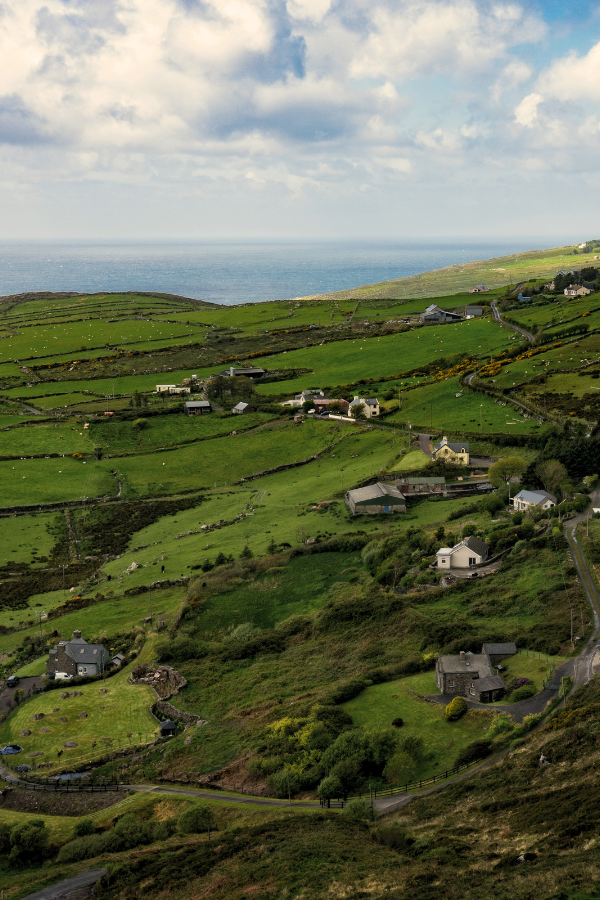
Lughnasadh: Connecting with Nature and Gaelic Ancestry
Summary
Lughnasadh, celebrated on August 1st, is a traditional Celtic festival marking the first harvest of the year. Rooted in ancient Irish mythology, the festival honors the cycle of life, death, and rebirth. It’s a time for feasting, games, and spiritual reflection, symbolizing gratitude, personal growth, and a deep connection with nature. Today, Lughnasadh is observed by modern practitioners through rituals and practices that honor these ancient traditions.
Reflection Questions
- How do life, death, and rebirth themes in Lughnasadh resonate with your current life experiences?
- In what ways can you incorporate the practice of gratitude into your daily life, particularly during transitional times?
- What “harvests” have you reaped in your life this past year, and what might you need to let go of to prepare for new growth?
Journal Prompt
Reflect on a significant transition you’ve experienced in the past year. How did it shape your personal growth? As you write, consider how the themes of Lughnasadh—life cycles, letting go, and setting intentions—might influence your approach to future transitions.
On August 1st, some Irish celebrate Lughnasadh. Lughnasadh, also known as Lammas, is a traditional Celtic festival marking the beginning of the harvest season. This might seem a bit early to Americans, but Lughnasadh was historically tied to the first grain harvest in Ireland. Today, modern Celts in Scotland and Ireland honor Lugnasadh by feasting, playing games, baking bread, and otherwise memorializing this cultural moment.
What is Lughnasadh?
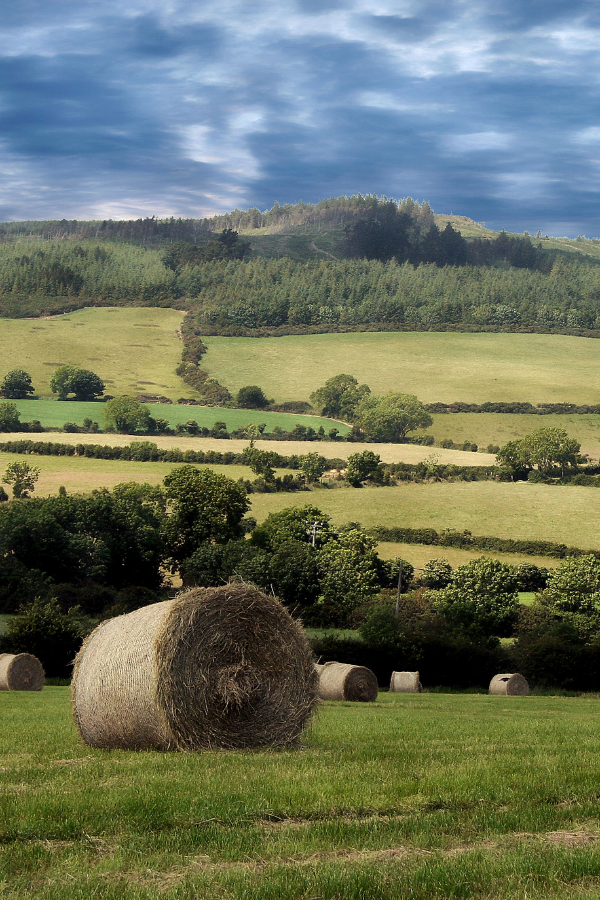
Celebrated on August 1st, it is one of the four major Gaelic seasonal festivals, alongside Samhain, Imbolc, and Beltane. The name “Lughnasadh” comes from the Celtic god Lugh, who was associated with the sun, light, and the first harvest.
Historically, The festival was a time for feasting, games, and fairs, celebrating the season’s first grains and fruits. About a month after the summer solstice and before the autumn equinox, it was a way to give thanks for the bountiful harvest and ensure the fertility of the land for the coming year. People would bake loaves of bread from the first harvested grain and offer them in ceremonies, sometimes leaving them in fields as offerings to nature spirits.
The Ancient Origins of Lughnasadh
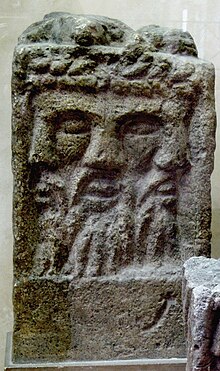
Lughnasadh has its origins in ancient Celtic traditions and mythology, and its establishment is closely tied to the figure of Lugh, a prominent god in Irish mythology. According to Irish mythology, the god Lugh established Lughnasadh in honor of his foster mother, Tailtiu, an earth goddess often associated with agriculture and the land’s fertility.
Tailtiu is said to have died from exhaustion after clearing the plains of Ireland to make them suitable for agriculture. Lugh established a festival that included athletic competitions, feasting, and other communal activities to commemorate and honor her sacrifice. This festival became known as Lughnasadh.
Funeral Games

The tradition of funeral games, which are a key element of Lughnasadh, dates back to ancient times. Funeral games were competitions held in honor of a deceased person, particularly a person of high status, like a king or a revered figure. These games could include athletic contests like running, wrestling, chariot racing, feats of strength, and artistic competitions like poetry and storytelling.
In the context of Lughnasadh, the funeral games were held to honor Tailtiu’s memory and ensure the land’s continued fertility. The games were a way to celebrate life, even in the face of death, and to acknowledge the cycle of life, death, and rebirth that is central to agricultural societies. By holding these games, the people believed they could appease the gods, ensure a bountiful harvest, and protect the community from harm.
How the Festival Evolved over Time
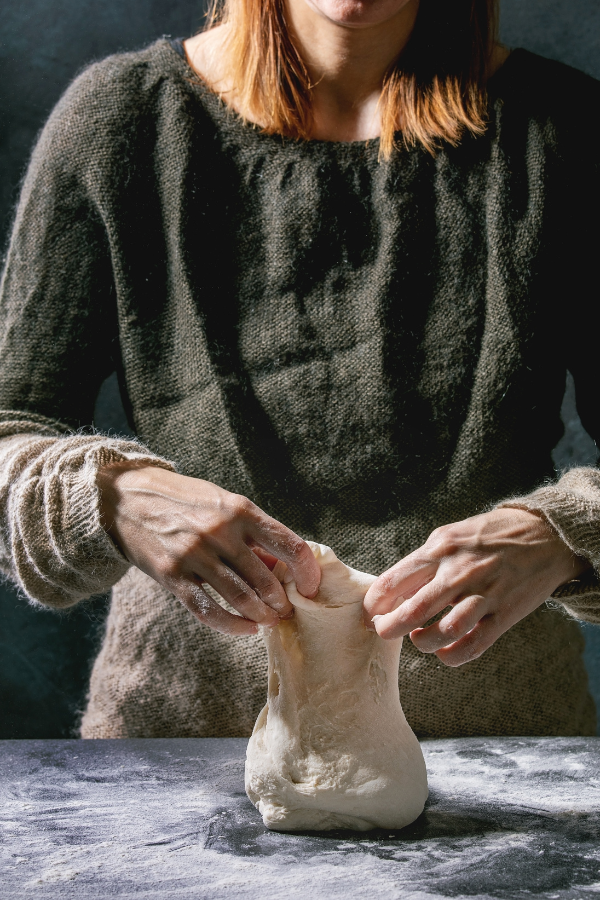
Over time, Lughnasadh evolved into a broader celebration of the first harvest, with an emphasis on community, abundance, and gratitude. It was a time when people came together to share the fruits of their labor, to compete in various games, and to strengthen social bonds through marriage fairs, trading, and other communal activities. The festival also involved rituals to protect the harvest, like offering the first grains to the gods or spirits.
Lughnasadh remained an important festival in the Celtic calendar for centuries, even as Ireland and other Celtic regions became Christianized. Elements of the festival were absorbed into Christian practices, like the celebration of Lammas (“loaf mass”) in England, where the first loaves of bread made from the new harvest were blessed in church.
Where is it Celebrated Today?

In modern Irish times, Lughnasadh is still celebrated by some Neopagans, Wiccans, and others interested in Celtic mythology and traditions. Lughnasadh festivities typically include baking bread, feasting, athletic contests, funeral games, and rituals focused on abundance, gratitude, and the turning of the seasons.
Similar celebrations occur across Europe. For example, the Scottish Gaelic festival is known as “Lùnastal,” and in the Isle of Man, it is called “Laa Luanys” or “Laa Lhuanys.” While the specific customs and traditions may vary, the core themes of harvest, community, and honoring the earth are consistent across these regions.
Fuel your creative fire & be a part of a supportive community that values how you love to live.
subscribe to our newsletter
*please check your Spam folder for the latest DesignDash Magazine issue immediately after subscription

Beyond the Gaelic world, Lughnasadh shares similarities with other European harvest festivals, like the Anglo-Saxon “Lammas” in England, which also celebrates the first grain harvest. These festivals are part of a broader tradition of marking the agricultural cycles that were central to life in ancient and medieval Europe.
Exploring the Spiritual Significance of Lughnasadh

Lughnasadh is more than just a celebration of the first harvest; it is a deeply spiritual festival that symbolizes the cyclical nature of life, death, and rebirth. For ancient Celts, the harvest was not only a time of physical labor but also a period of profound spiritual reflection. The gathering of the first grains marked the culmination of months of hard work and the beginning of the transition from the abundance of summer to the slower, more introspective months of autumn and winter.
The Cycle of Life, Death, and Rebirth
At its core, Lughnasadh embodies the natural cycle that governs all life—growth, fruition, and eventual decline. The harvest itself is a powerful metaphor for this cycle. As the crops are gathered and stored, the earth begins to rest and regenerate in preparation for the next growing season. In this way, Lughnasadh reminds us that all things have their time and that endings are necessary for new beginnings.
The mythology surrounding Lughnasadh also reflects this concept of life, death, and rebirth. The festival’s origins in the funeral games held by Lugh for his foster mother, Tailtiu, underscore the importance of honoring those who have passed and recognizing the sacrifices that allow life to continue. Tailtiu’s death and the subsequent celebration of the harvest are intertwined, symbolizing the belief that life and death are part of the same eternal cycle.
A Time for Introspection and Gratitude

For modern practitioners, Lughnasadh is an opportunity to pause and reflect on the “harvests” in their own lives. This might include considering the personal growth and accomplishments of the past year and recognizing the challenges that have been overcome. Just as the ancient Celts gave thanks for the physical bounty of the land, contemporary observers might express gratitude for the abundance in their lives—whether that abundance is material, emotional, or spiritual.
Lughnasadh is also a time to consider what needs to be “harvested” in a metaphorical sense. This could mean letting go of habits, relationships, or thoughts that no longer serve one’s well-being, much like a farmer discards chaff during threshing. This act of metaphorical harvesting allows individuals to clear space in their lives for new growth and opportunities in the coming months.
Setting Intentions and Personal Growth
As the first of three harvest festivals, Lughnasadh is also seen as a time for setting intentions. Practitioners might use this period to meditate on what they wish to cultivate in their lives moving forward. Just as farmers plan for the next planting season, individuals can use this time to think about the seeds they want to plant in their personal or spiritual lives.
Rituals during Lughnasadh often include crafting corn dollies, baking bread, or creating altars with harvest symbols. These acts are not just traditional customs but are imbued with intention and meaning. For example, baking bread from the first grains of the season can be a way to infuse one’s intentions with the energy of the harvest, symbolizing the nurturing of new ideas or projects.
Connection with Nature

Lughnasadh also offers a profound opportunity to reconnect with nature. The festival’s focus on the harvest naturally draws attention to the rhythms of the earth and the changing seasons. Many modern practitioners celebrate Lughnasadh by spending time outdoors, whether through hiking, gathering wild herbs, or simply observing the late summer landscape.
This connection with nature is more than just an appreciation of beauty; it is a recognition of humanity’s deep, intrinsic relationship with the earth. By honoring the harvest, individuals also honor the natural world and their place within it. This sense of connection can be healing and grounding, particularly in a modern world that often feels disconnected from nature.
Final Thoughts: How We Can Connect with the Spirit of Lughnasadh
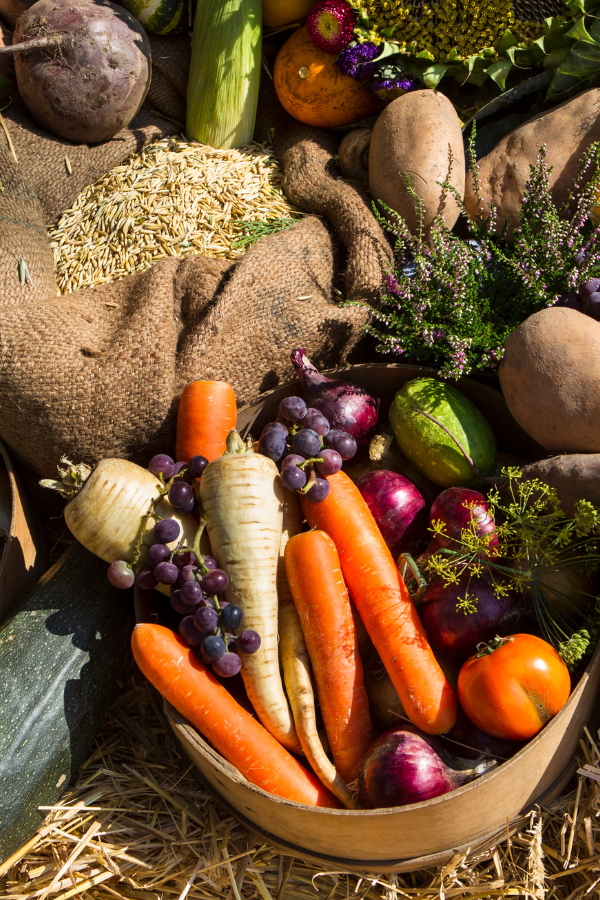
In today’s world, Lughnasadh can be celebrated in various ways, depending on personal beliefs and traditions. Some might choose to hold traditional rituals with a focus on the spiritual aspects of the harvest, while others might incorporate Lughnasadh themes into daily practices, like gratitude journaling, mindful eating, or participating in community gardening.
Ultimately, the spiritual significance of Lughnasadh lies in its ability to remind us of the interconnectedness of all things—life and death, growth and decay, the individual and the earth. It is a time to honor the past, celebrate the present, and prepare for the future with intention and mindfulness.








